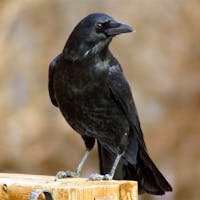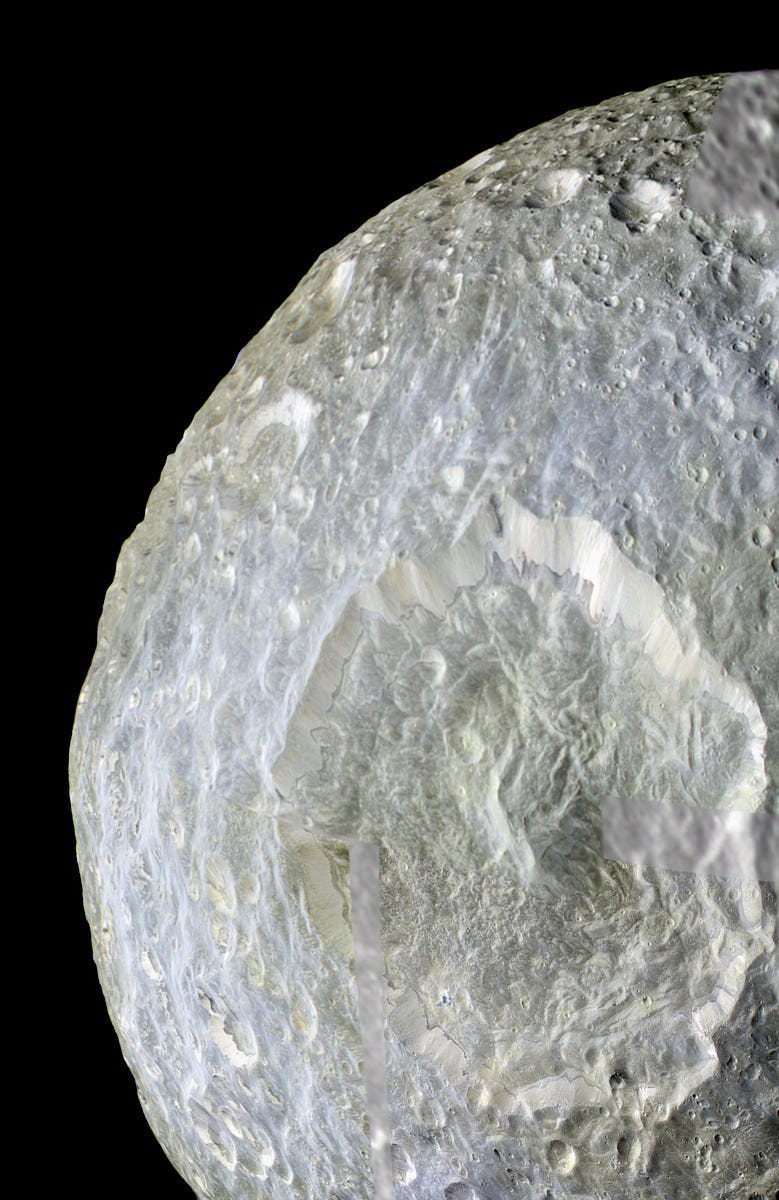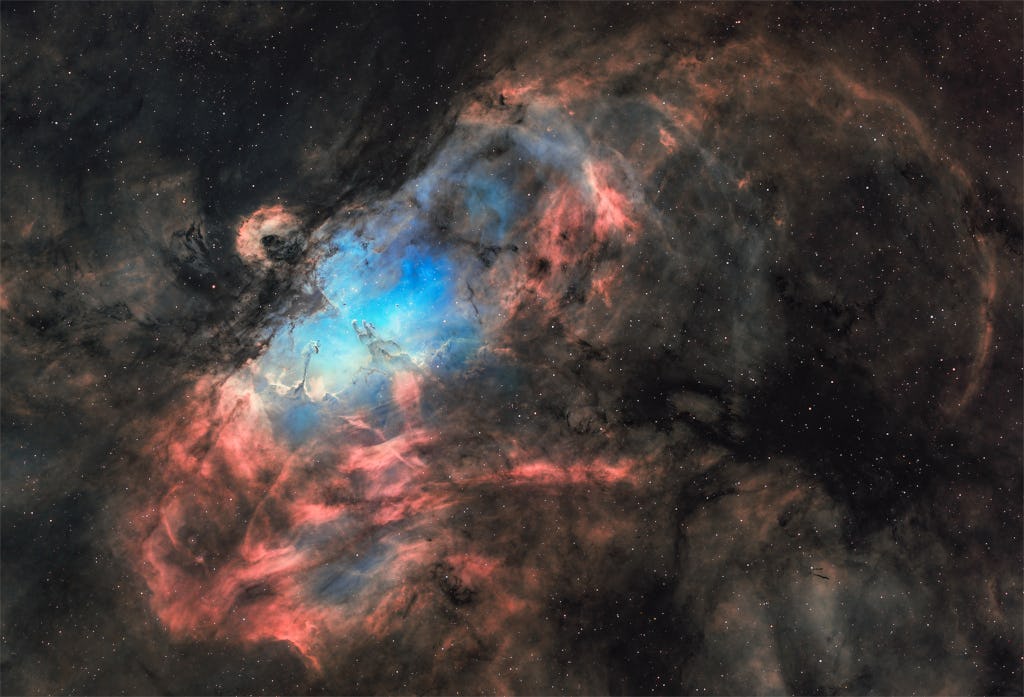What is lost
will soon be found.
When hearts, a break
it isn't renown,
to expect a change,
when no ones around.
Public Posts Stanwood, WA Stanwood, WA (zoom)
I must confess
to my current
state of mind.
Lack of motivation.
Lack of creativity.
Thoughtless.
Her face, lined
with wrinkles
from dread.
Thinking about
all of
the years,
lying ahead.
What to
do when
the love
of your
life has
Dementia. She
will forget
you soon,
not know
your name
or recall
all of
your memories
of life
you spent
together, as
a couple.
NASA Astronomy Picture of the Day:
Mimas, small 400 kilometer-diameter moon of Saturn, is host to 130 kilometer-diameter Herschel crater, one of the larger impact craters in the entire Solar System. The robotic Cassini spacecraft orbiting Saturn in 2010 recorded this startling view of small moon and big crater while making a 10,000-kilometer record close pass by the diminutive icy world. Shown in contrast-enhanced false color, the image data reveal more clearly that Herschel's landscape is colored slightly differently from heavily cratered terrain nearby. The color difference could yield surface composition clues to the violent history of Mimas. Of course, an impact on Mimas any larger than the one that created the 130-kilometer Herschel might have destroyed the small moon of Saturn.
Love the rain
freshened smell
of the sea.
Primitive thoughts
of our origins,
percolate the mind.
"Earth warming has not been uniform, with some regions warming at a far greater pace. One such region is the Arctic..... which has warmed nearly four times faster than the rest of the world over the past 43 years. This means the Arctic is on average around 3℃ warmer than it was in 1980....... This is alarming, because the Arctic contains sensitive and delicately balanced climate components that, if pushed too hard, will respond with global consequences" ... Read more
Another memory slipped away.
It is not quantified.
It happens every day.
At what point will you
not know what I say.
Grey was the streaks
in my new friend's hair.
Brown was her eyes
drowsy but aware.
Lush were her lips,
not mine to share.
Radiant was her smile,
beaming rays, everwhere.
Walk the path
down the hill,
past the
golden Daffodil.
Stop and reflect
the scenic view,
marvel at the
sky, so blue
NASA Astronomy Picture of the Day:
A star cluster around 2 million years young surrounded by natal clouds of dust and glowing gas, Messier 16 (M16) is also known as The Eagle Nebula. This beautifully detailed image of the region adopts the colorful Hubble palette and includes cosmic sculptures made famous in Hubble Space Telescope close-ups of the starforming complex. Described as elephant trunks or Pillars of Creation, dense, dusty columns rising near the center are light-years in length but are gravitationally contracting to form stars. Energetic radiation from the cluster stars erodes material near the tips, eventually exposing the embedded new stars. Extending from the ridge of bright emission left of center is another dusty starforming column known as the Fairy of Eagle Nebula. M16 lies about 7,000 light-years away, an easy target for binoculars or small telescopes in a nebula rich part of the sky toward the split constellation Serpens Cauda (the tail of the snake). As framed, this telescopic portrait of the Eagle Nebula is about 70 light-years across.
Photo by Charles Bonafilia
Long is her neck,
large are her eyes.
Brown is her hair,
strong were her thighs.
A quaint place to live.
She loves it too.
Her favorite place,
The Woodland Park Zoo.
A Giraffe, so tall
and so cool, like you.
A Comment by Loy

😊😊😊
A Comment by MFish

Thank you
A brain drain,
there's no pain,
nothing will remain,
no verbal stain,
nothingness will reign








.jpg?fit=crop&w=280&h=280&q=93)






.jpg?fit=crop&w=200&h=200&crop=faces)




 - Copy.jpg?fit=crop&w=280&h=280&q=93)


R.jpg?auto=format&fit=clip&w=600)





















